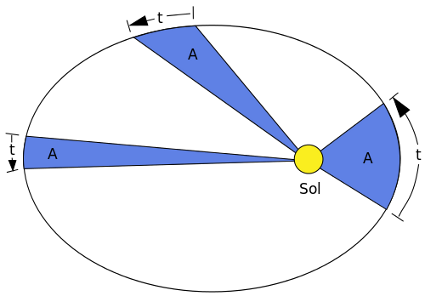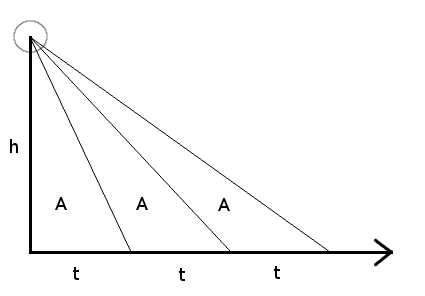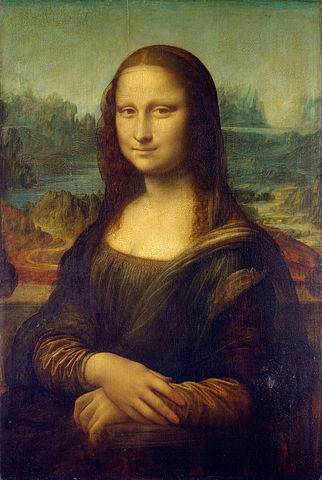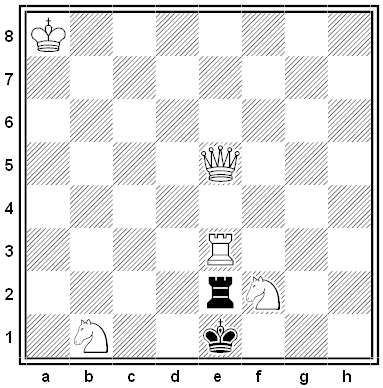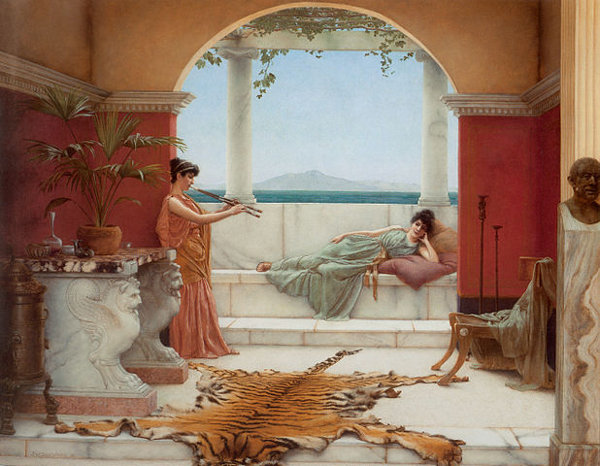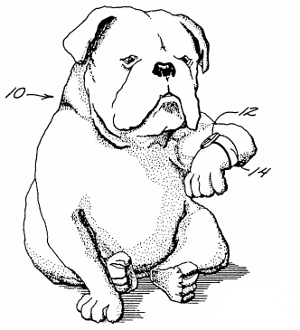In 1959 pianist Tommy Flanagan was living on 101st Street in Manhattan while John Coltrane lived on 103rd Street. “He came by my apartment with this piece, ‘Giant Steps.’ I guess he thought there was something different about it, because he sat down and played the changes. He said, ‘It’s no problem. I know you can do it, Maestro’ — which is what he called me. ‘If I can play this, you can.'”
If that sounds ominous, it was: The piece marked the culmination of the “Coltrane changes,” a sophisticated scheme of chord substitutions in which the root descends by major thirds, creating a much richer and more demanding harmonic landscape.
“There was no problem just looking at the changes,” Flanagan said. “But I didn’t realize he was going to play it at that tempo! There was no time to shed on it, there was no melody; it was just a set of chords, like we usually get. So we ran it down and we had maybe one take, because he played marvelous on everything. He was ready.”
“It still remains a heck of a document,” remembered drummer Arthur Taylor. “People all around the world look to that, and musicians also; that’s the thing. … John was very serious, like a magician too. He was serious and we just got down to the business at hand.”
